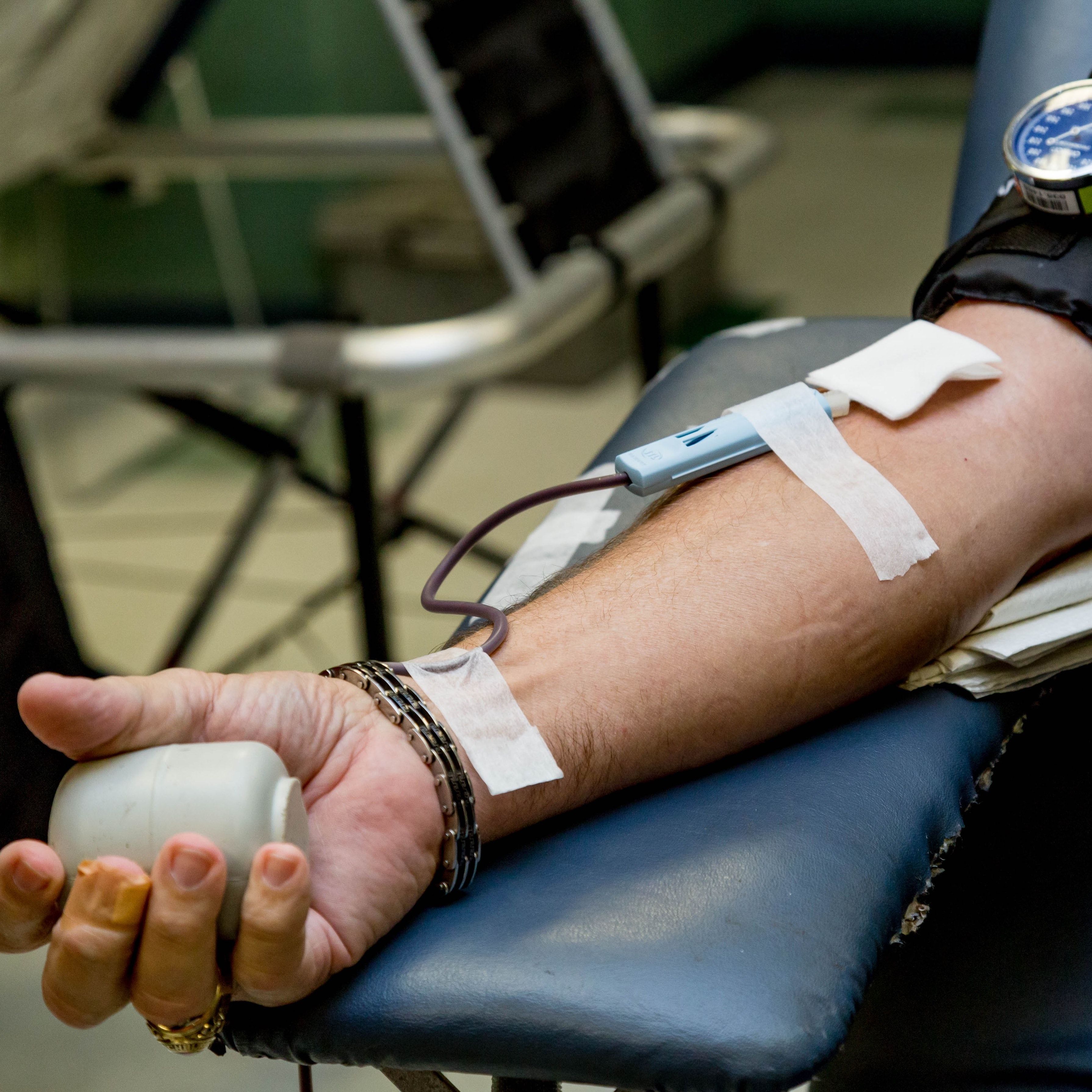Video
Importance of PrEP Therapy in HIV Infection
Joseph Eron, MD: One area that I think there’s been a lot of progress in has been in the area of medical prevention—pre-exposure prophylaxis, or PrEP. Can you talk about PrEP? I think it’s a really interesting topic, and we have some time to talk about it.
Colleen Kelley, MD: Yes, it’s one of my favorite topics. It is an incredibly exciting time in HIV prevention. We have some very, very efficacious tools that we can offer people beyond behavioral interventions that traditionally suggested the use of condoms, abstinence, reducing your number of partners, etc. We now have 1 pill, once a day. The medication is emtricitabine/tenofovir. Truvada is the brand name. It is FDA approved for HIV prevention.
It’s offered on a daily basis, right now. That is the recommendation. In other countries, they’re using different dosing regimens that are on demand around the time of sexual activity. But in the US, the guidelines are recommended for daily dosing. It is more than 90% effective at preventing HIV infection, as long as someone takes at least 4 pills a week, for gay men, and probably more for women. It’s a very, very useful tool for people who are at risk for HIV infection.
Joseph Eron, MD: Is it getting used? What’s happening?
Eric Daar, MD: It depends on where you are. There are a lot of pilot projects. There’s a lot of access. It’s available. Almost all insurance companies are paying for it. Medicaid is paying for it. So, there’s a lot of access, but the population of people that we’re targeting are not seen by us. They’re seen by people in primary care practices.
Colleen Kelley, MD: Or not at all.
Eric Daar, MD: Or not at all. Those are the people for whom this message is so important for, right? “This is easy to take. It’s well tolerated.” It’s not complex, like when managing antiretroviral therapy in infected people, where we need to make it as easy as possible. There are guidelines, that have been recently updated, that provide somebody a cookbook as to how they can give it. All they need to do is recognize who this high-risk population is. The guidelines outline that. There’s nothing magical about it. It’s the high-risk population: men who have sex with men or are not using condoms and who have partners of unknown status; people who’ve had recent STDs [sexually transmitted diseases]; and high-risk heterosexual women who are having sex with individuals who are at high risk or are using needles, or things like that.
Colleen Kelley, MD: I think that group is particularly hard to identify. Sometimes women are not aware of what their partners are doing. But still, it’s something to keep in mind, especially if you live in a high-incidence area. Things like poverty and other socioeconomic disadvantages drive infection rates. If you’re practicing in those types of areas, it’s important to recognize that your patients may not realize they are at risk when, in fact, they actually might be.
Daniel Kuritzkes, MD: We’ve used frequent visits for postexposure prophylaxis as a clue for identifying people who should be recommended for PrEP. Certainly, anybody who presents with another STI [sextually transmitted infection] is somebody to do that for. There are 2 challenges. The first is that most healthy young men are not in any kind of medical care. And the second is that we really need to make primary care physicians much more comfortable about prescribing PrEP. First, ascertaining risk and then acting on risk by prescribing PrEP. We see a lot of patients in referral. “Should this person get PrEP?” We can help, but obviously we don’t see most of the healthy, unaffected people.
Transcript edited for clarity.





